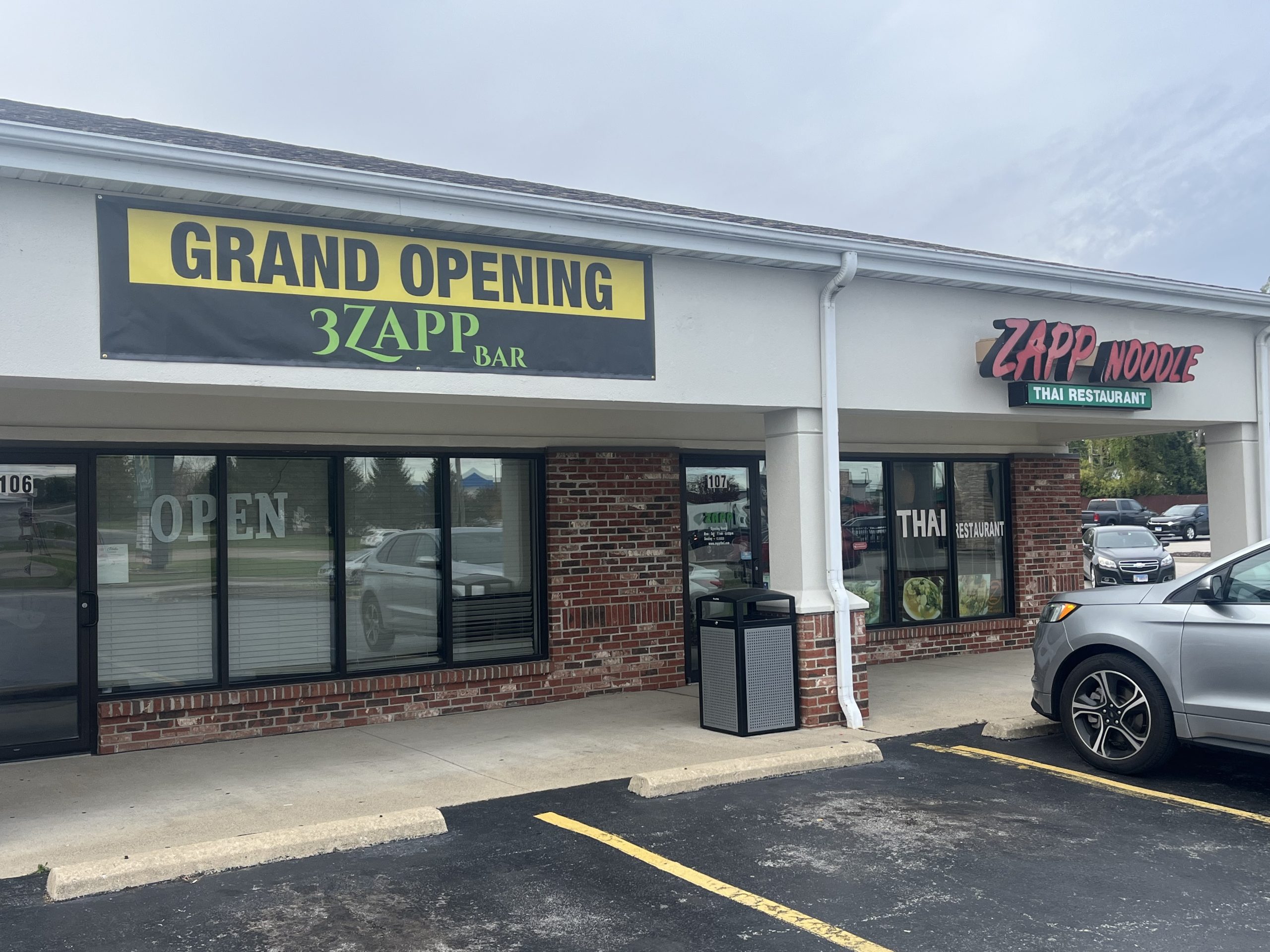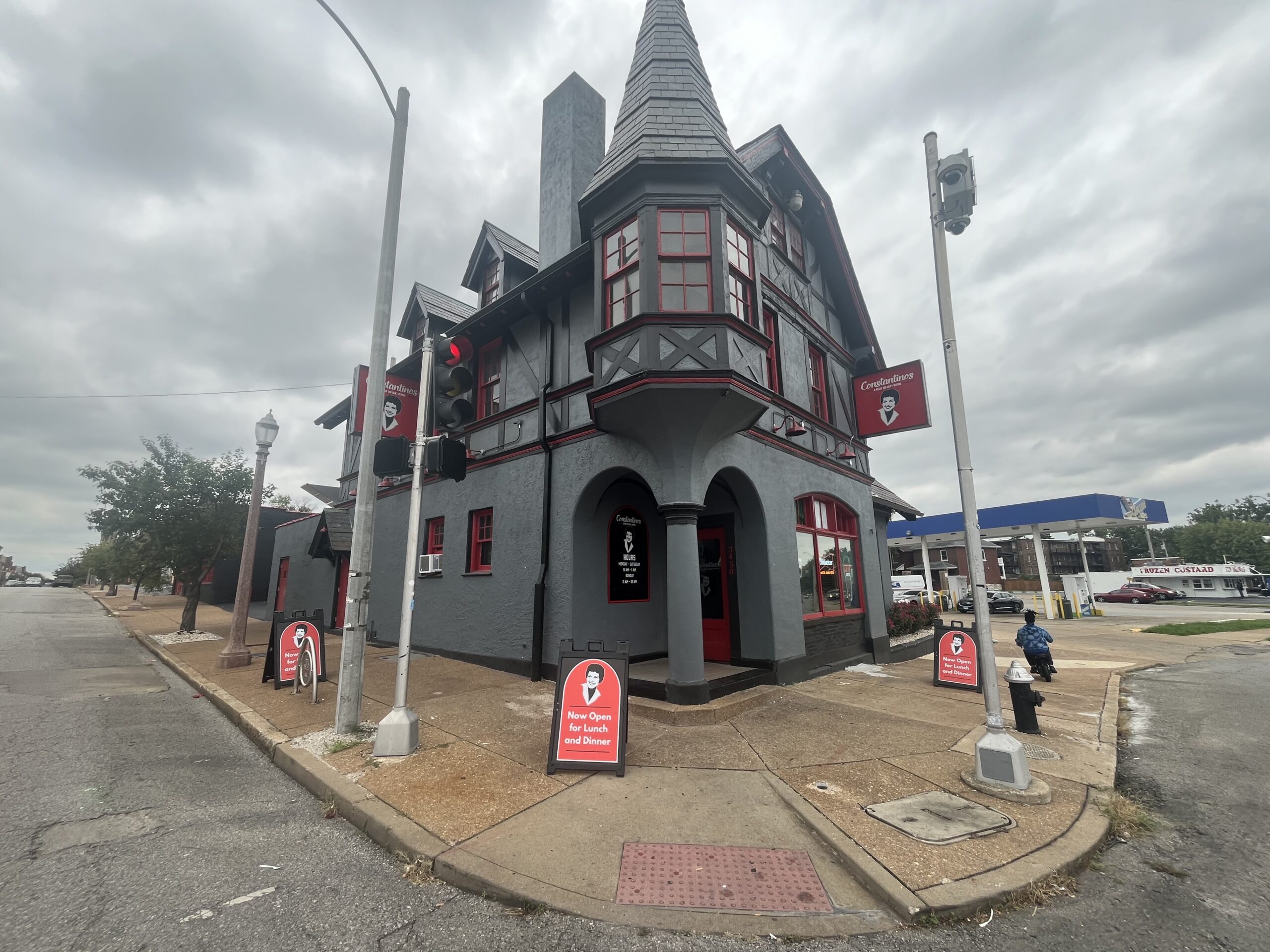How to Successfully Operate a Restaurant – Basic Common Sense Step That Will Lead You To Success
(StLouisRestaurantReview) Restaurants are eating establishments where customers pay to dine on meals prepared by staff and are served. While often written as restaurants, it may also be called restaurant or resto in American English.
If you are considering purchasing a restaurant, be sure to review its financial records and tax history and request cash flow and labor cost data.
1. Invest in Training
Investment in training is crucial to the smooth running of any restaurant. A well-defined training process will ensure employees understand their expected responsibilities and how best to fulfill them professionally.
Implementing a training process can also help prevent significant issues that might cause customers to leave your restaurant, boost employee morale and enhance the overall customer experience.
Besides training, consider offering other benefits to make your staff feel valued at work, such as profit sharing, on-the-job hospitality skills training, health insurance, and year-end bonuses. All can make for more comfortable working conditions for all involved.
Ensuring your staff is appropriately trained is critical in keeping your restaurant thriving, particularly with staffing shortages. By taking the time and care necessary to teach them effectively, you will ensure they can deliver on all their promises to customers and keep them coming back time after time.
2. Invest in Technology
Technology is an integral component of running a successful restaurant. It can help increase efficiency, streamline operations, and enhance the dining experience for your customers.
However, investing in the right technology for your business and implementing it correctly are critical steps in its success. Therefore, this process takes careful planning before execution.
Besides financial investment, technology transformation requires time and resources for research, demoing, training, and ongoing maintenance. Your goal should be to find solutions that make an impactful statement about the nature of your business while saving you money in the long run.
An iPad ordering system, for example, can eliminate paper tickets by enabling servers to take orders directly from customers and send them directly to the kitchen, thus helping reduce staffing requirements while assuring your guests receive precisely what they ordered.
3. Invest in Your Staff
If your restaurant has staffing shortages, retaining current employees should be your top priority, as this will be more cost-effective and efficient than hiring new staff.
To succeed, creating a welcoming working environment for your staff is vital, which means regularly communicating with and appreciating each member’s contributions to your business.
Your employees need opportunities to expand their knowledge and skills to become valuable team members and ready for leadership roles in the future.
Cross-training your team members can help ensure they can work cohesively when business picks up, reducing manager workload and fostering a collaborative workplace culture that encourages teamwork.
4. Invest in Your Customers
Marketing can be a highly effective way of drawing in new restaurant customers. This could include social media ads, email campaigns, and any other digital initiatives to promote them.
Reward and incentive your customers by giving them rewards and incentives to return to your restaurant, such as discounts on future visits or an exclusive offer available only by referring their friends and family members. This could include offering them discounts or special deals they can only get by sharing this news on their social network.
Investing in your customers is an invaluable way of guaranteeing they return, driving higher sales and profits for your business. In addition, you can form relationships that last years into the future by making them feel special.
Be present online: the key to keeping customers is staying visible! Staying active and present across relevant social networks will keep your restaurant in mind when customers decide where to dine.
Martin Smith is the founder and Editor-in-Chief of St. Louis Restaurant Review, STL.News, USPress.News, and STL.Directory. He is a member of the United States Press Agency (ID: 31659) and the US Press Agency.








